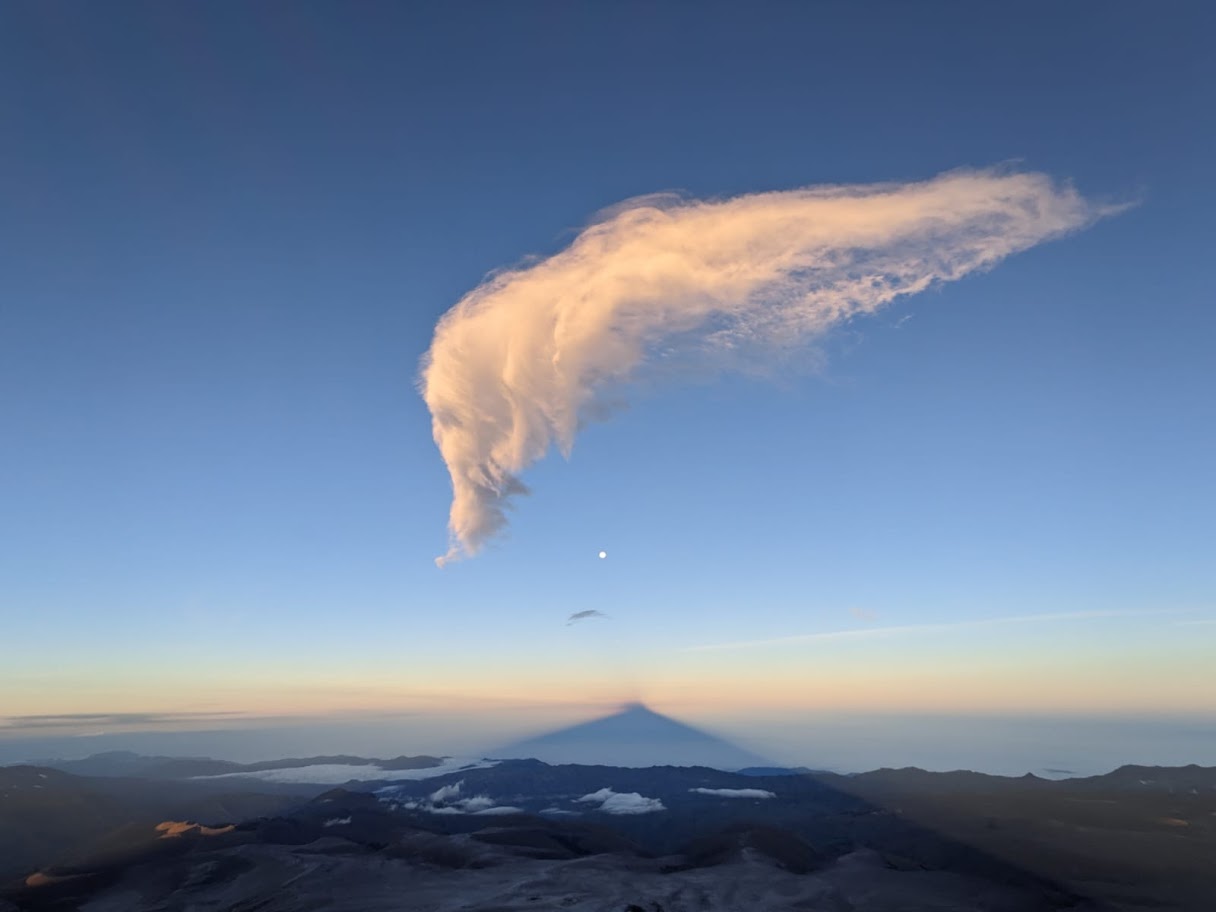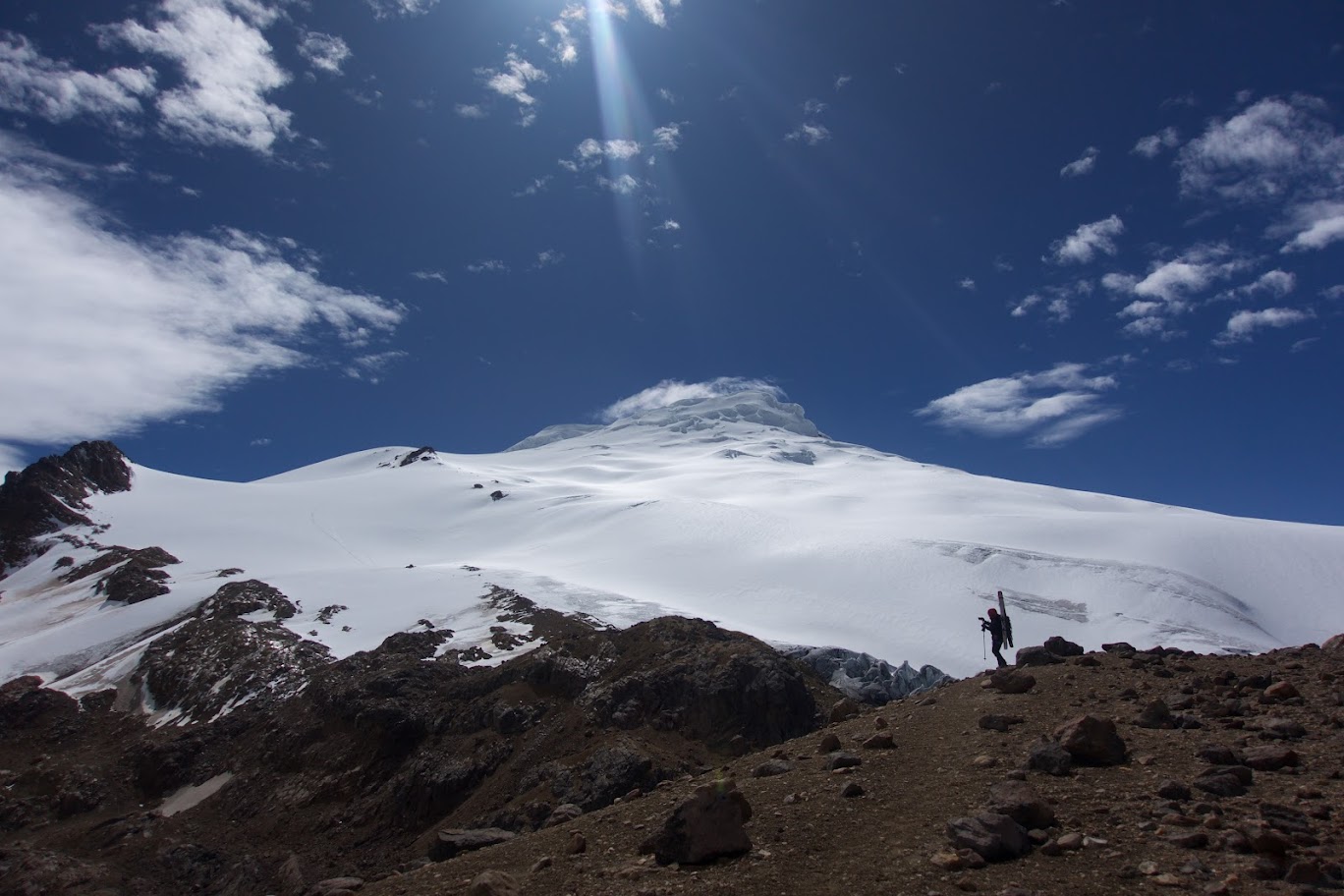If you’re interested in a unique alpine experience, for both trekking and mountaineering, Ecuador is still a well-kept secret. Learn why.
We hope you enjoy these stunning images just in from Ecuador
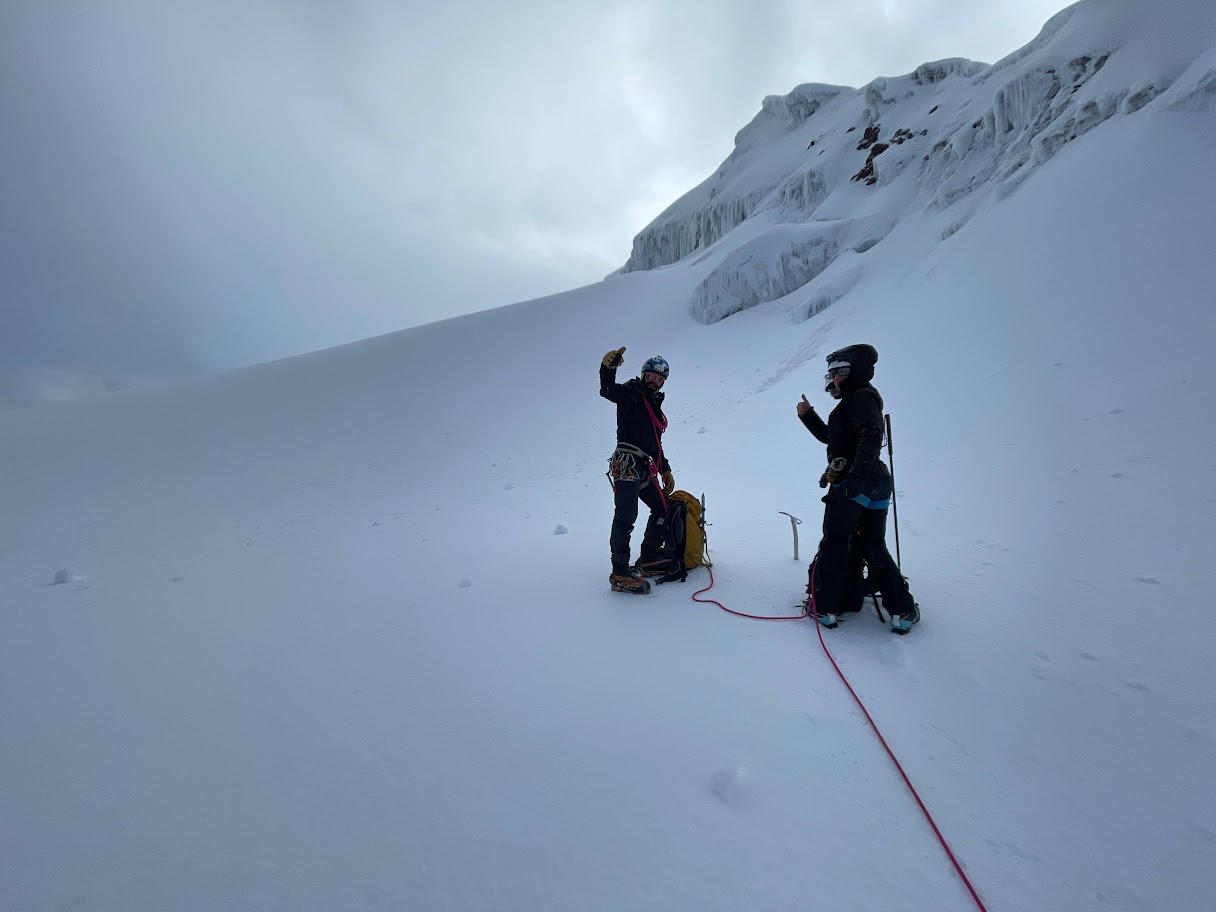
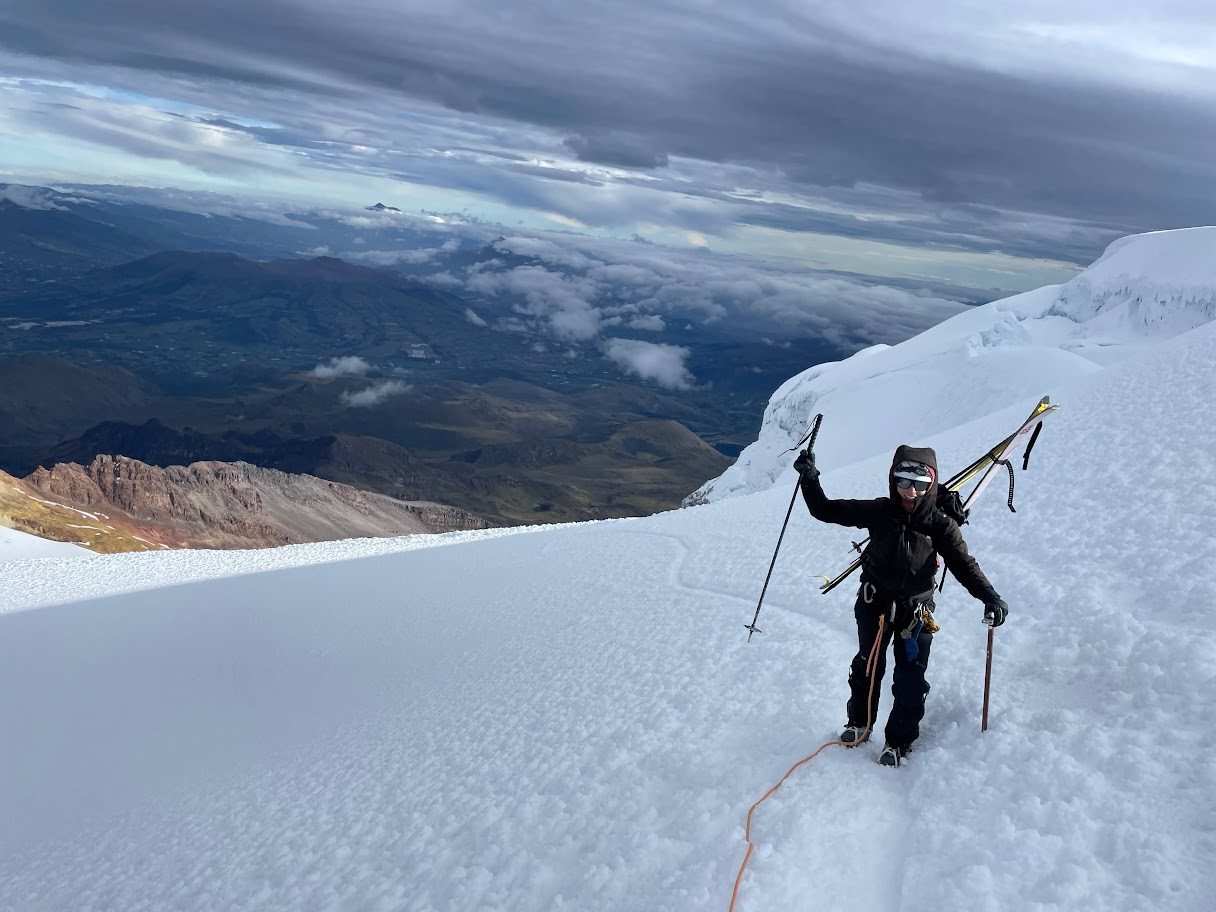
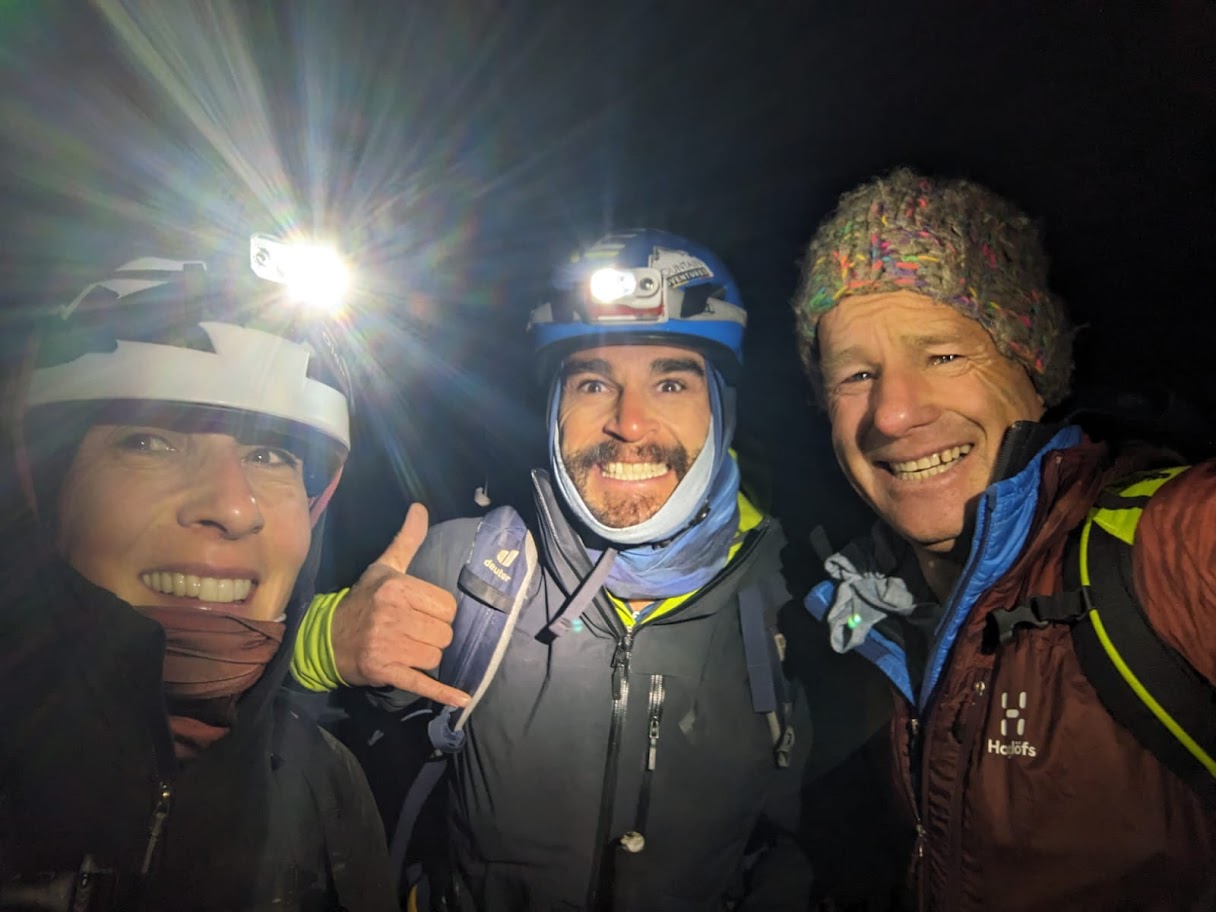
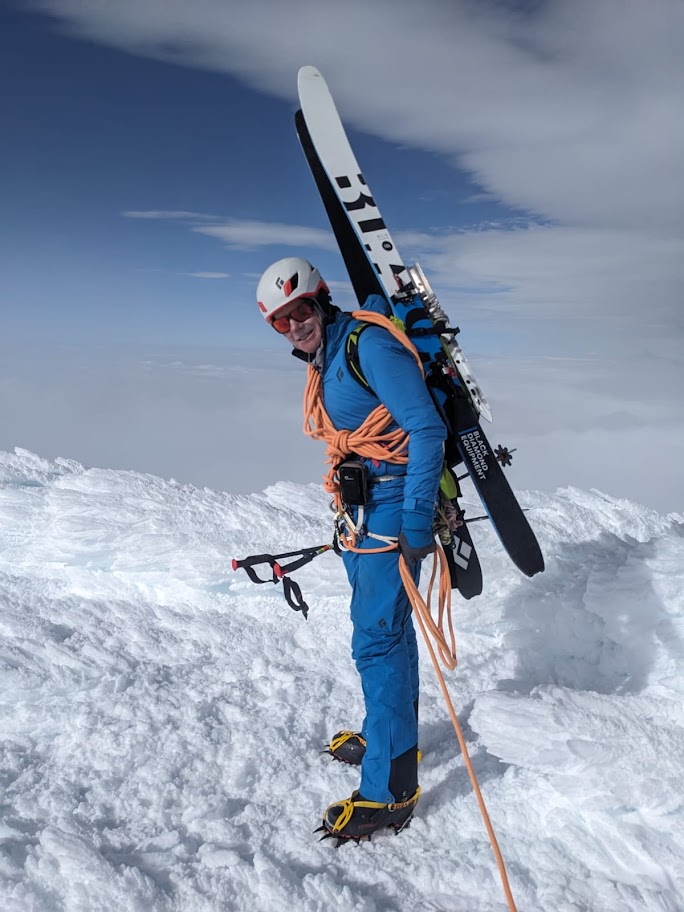

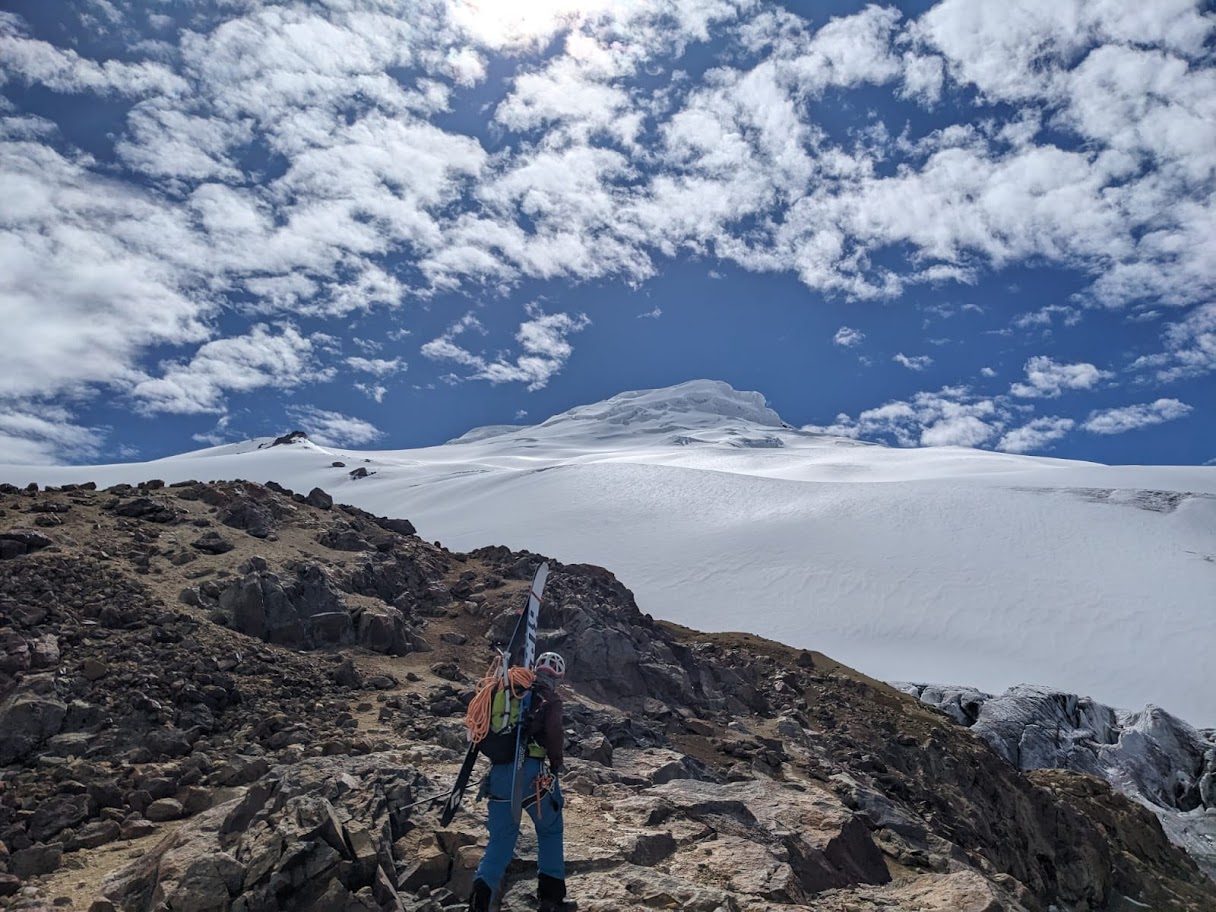
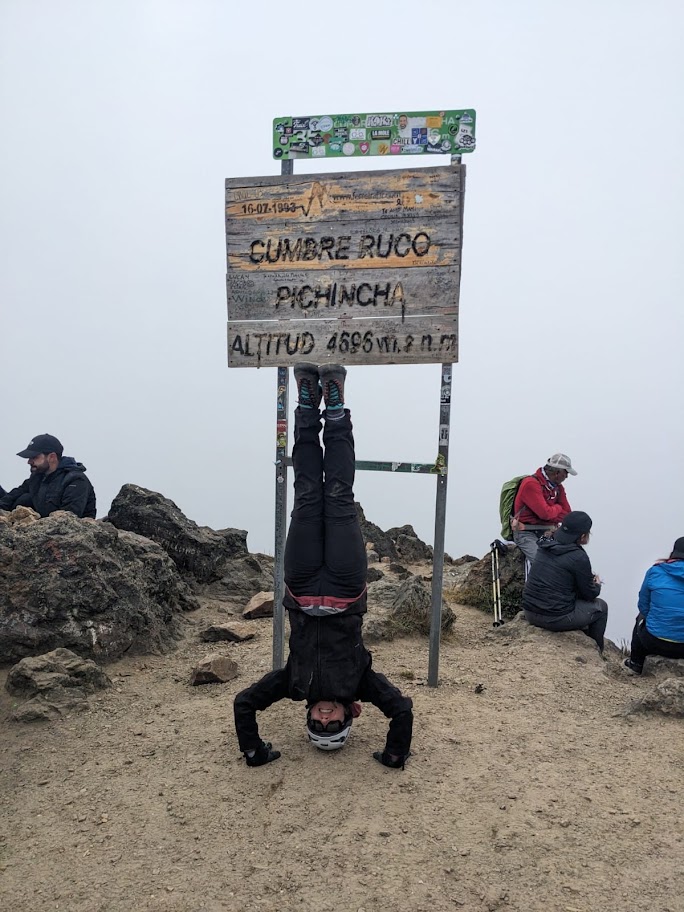

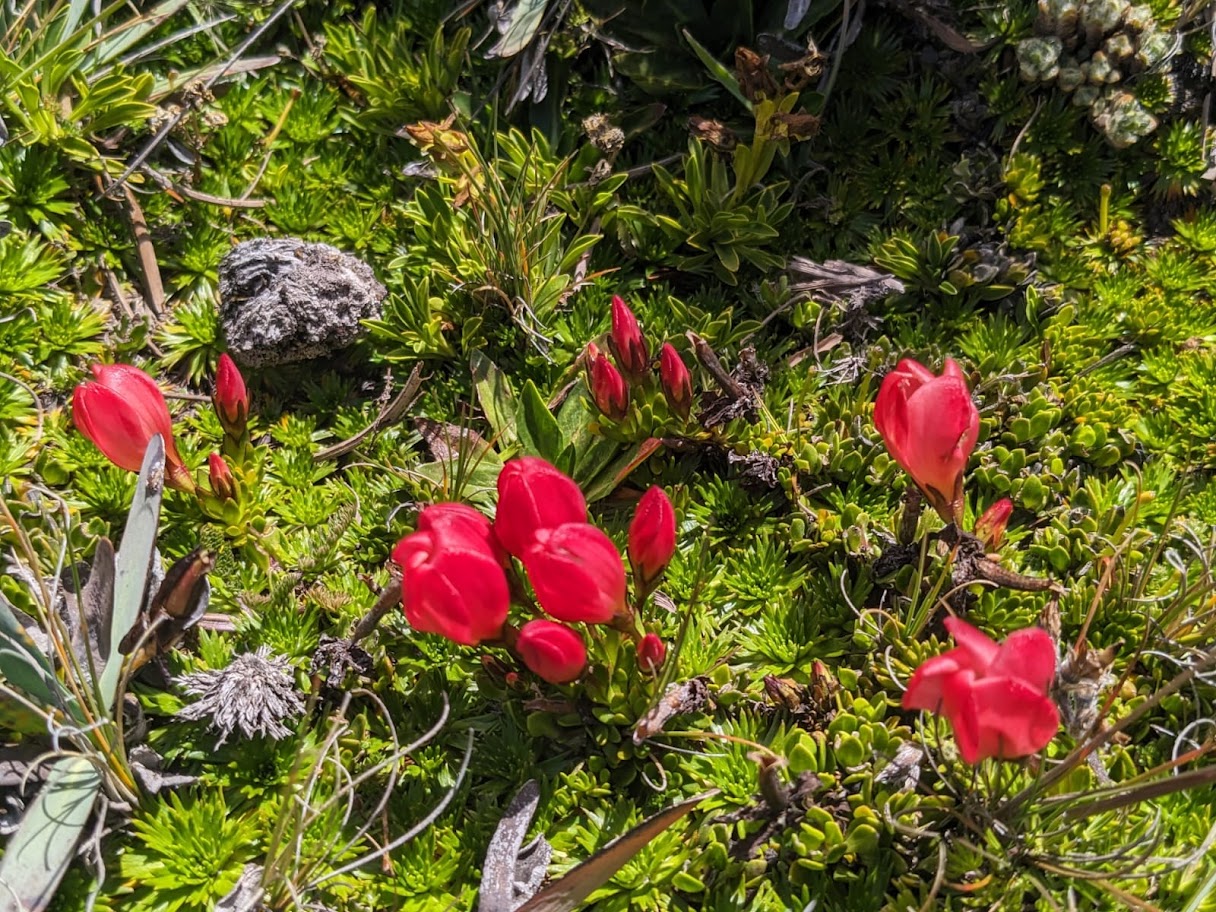
Learn More About Our Cayambe & Cotopaxi Expedition
Harboring 10 mountains higher than 5,000 meters (16,400 feet) including the 6,300-meter Chimborazo, all in a country smaller than the U.S. state of Nevada... It's safe to say that Ecuador is a mountaineering paradise, just a hop-and-a-skip away for American climbers, at least compared to trucking all the way down to Patagonia, taking a flight across the pond to Europe, or journeying further afield to higher ranges like the Himalaya or Karakoram.
When mountaineering in Ecuador, however, what's even more appealing than the large quantity of high-altitude summits and their proximity to the U.S... is the relatively low level of technical difficulty required to climb them. Our mountaineering Ecuador expeditions allow you to practice your alpine skills in high-altitude terrain without the dangers inherent in larger ranges like the Himalaya or the technical skills required in regions such as the Alps.
If you're looking for a mountaineering mentorship to prepare you for higher or more technical ranges, look no further.
Make no mistake though, these rugged Andean volcanoes are more than a worthy goal, and it will require every ounce of your skill, determination, and vigor to reach a summit. Our mountain guides for Ecuador are some of the most experienced and talented in the world. We will ensure you have the skills, gear, and fitness you need to reach the summit (and get back down) safely. The very best mountaineers are the ones who die of old age, right?
Are These Glaciers Going Extinct?
Ecuador is far from the only country where mountains are being affected by climate change, but it is being hit harder than most. One of the unique aspects of Ecuador’s volcanic summits is their equatorial location. Ecuador sits directly on the equator. Many of these peaks are less than a hundred miles from the equatorial line, and it actually runs directly through Cayambe (the peak’s glaciers are the only glaciers in the world that rest on the equator).
Unfortunately, as a result, these mountains are being devastated by climate change. In total, Ecuador’s peaks have lost more than half their glacial coverage since the 1950s.
Cayambe’s glaciers have shrunk 50% in the past 30 years alone, and scientists predict that the mountain’s glaciers will completely disappear in the next 20 years. The same report noted that Cotopaxi’s glacier lost 45% of its mass between 1976 and 2006 and that this glacial melt has only accelerated in recent years.
As glaciers continue to shrink, the experience of climbing these volcanoes will be irrevocably altered. The point is, climbing on an Ecuadorian glacier may soon be an adventure of the past, akin to spotting a dodo bird in the wild.
Our children’s children likely won’t have this opportunity, which is all the more reason to experience the brilliance of these glaciated summits while we can.
